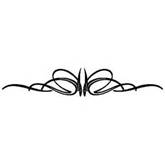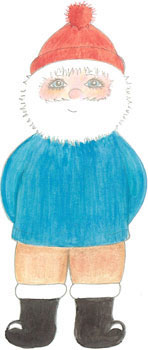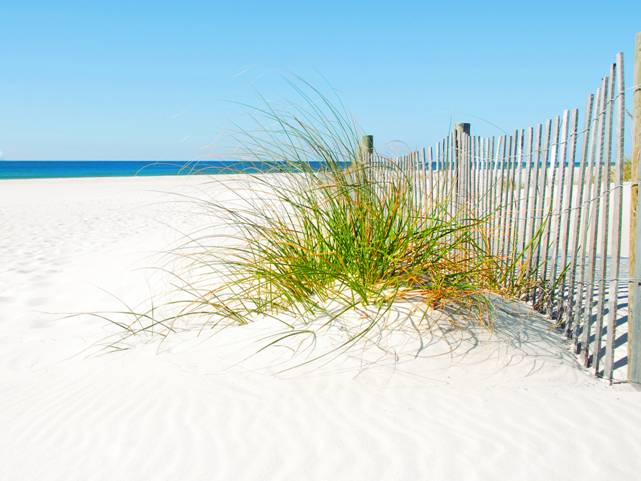
Salty Sam’s Fun Blog for Children
Number 527
The Forest Floor
Hello Everyone
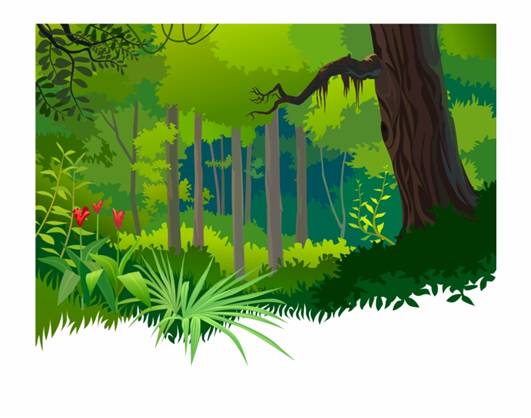 l went for a walk in the Rocky Bay Woods last weekend with Henry, Emily, Bill and Bob. l wanted to show them all the work we had done in there the week before.
l went for a walk in the Rocky Bay Woods last weekend with Henry, Emily, Bill and Bob. l wanted to show them all the work we had done in there the week before.
All the signs of spring are there, the catkins on some of the branches of the hazels and willows. There are bright yellow celandines growing in patches here and there on the forest floor. They look a bit like buttercups.
There were some wood anemones as well. They are pretty, white flowers.
Scientists tell us that walking in nature is good for our health. They say that looking at the red light in sunrises and sunsets is good for your health too.
Plants give off chemicals that help prevent them being eaten by some insects and animals. These chemicals also help to prevent rot setting in.
The name given to these chemicals is phytoncides.
Scientists have known about these phytoncides for about a hundred years.
They have found that as well as being good for plants, they help improve the immune systems of humans too.
Nowadays, many people have developed the habit of forest-bathing to increase their feelings of well-being. Humans were originally forest dwellers. Our eyes can discern more shades of green than any other colour. This helped us see our habitat clearly when we moved about the ancient forests finding our way or hunting for food.
The trees that produce the most phytoncides are cedars, oaks and pine.
There are lots of oaks in the Rocky Bay Woods. Some of them, we planted!
And spiritual people tell us that there is even more to nature than chemicals. They talk about high energy frequencies existing in nature that lift and improve our mood.
You will notice that the plants on the forest floor tend to grow better where there are small clearings and the sunlight can penetrate the canopy above. ln early springtime, there are no leaves to shade the plants but later there will be light shade and bluebells, and then dense shade and a few summer flowers here and there. There will be delicate pink flowers on the brambles that eventually turn into blackberries.
ln forests full of pine trees you will see piles of needles on the forest floor – and not much life at all. You may get some ferns in these habitats.
ln tropical forests, you will find very different types of flora (plants) and fauna (animals) from that found in the Rocky Bay Woods.
The Rocky Bay Woods are full of deciduous trees. As you know, this means they lose their leaves in winter; unlike evergreen trees like pine and spruce.
Deciduous trees lose their leaves in winter to preserve water and also to reduce a large surface area that would collect ice and snow.
Conifer trees like pine and spruce do not completely shed their needles but they do fold their branches up a little towards their trunk so to change their angle. This means they will not be sticking out like a shelf able to catch lots of snow. A build up of snow can be very heavy and eventually break branches off.
The trees will lower their branches again in the spring and spread them out so that their food factory of needles will be able to catch the most sunlight.
On the floor of the Rocky Bay Woods in springtime, you will notice that although there are a few autumn leaves here and there, most of the leaves that fell last autumn are not there anymore.
Where did they go?
They have not all rotted away yet because there has not been time for that to happen.
Just a few were taken from the edge of the wood by Auntie Alice to put in her leaf store. This is a large, wire cage she has in the far corner of the garden.
Leaves take about two years to rot down and the resulting compost makes good soil conditioner to be put on the garden. The leaves in the store are broken down by worms, invertebrates, fungi and bacteria.
Auntie Alice has a no dig policy in her garden now. lt saves her lots of time because she has far less digging and weeding to do.
Some leaves were scratched away from the forest floor to be used as bedding in an underground burrow by badgers.
Maybe a few might have been taken for nest building materials by birds.
But mostly they have been dealt with and cleared away by the humble earthworm.
Well, they may seem humble, but they are incredibly useful in respect of creating habitats for plants to grow in. Charles Darwin said that they were responsible for creating whole landscapes.
Good soil sustains much life, and worms have a huge effect on it.
There are several species of earthworm.
There are 29 in Britain. The ones that live near the surface take leaves down under the surface.
They use little bristles that line the length of their body to hook themselves into the soil. Once they are anchored in well, they can grab hold of the leaves and pull them down.
Worms have bristles around the mouth that act as sensory organs. They have no eyes but light receptors in their skin. They can find their way around and know when they are above the surface.
They have no lungs, but breathe through their skin.
They eat leaf litter and swallow it down to a crop and then the food moves into a gizzard where there are small grains that grind the food up.
The food then moves into the intestine where nutrients are absorbed into the worm’s body.
What the worms excrete out is very valuable to the soil. This matter is 10 times more nutrient rich than what the worm has eaten so this creates rich soil for plants to grow in. The more worms you have in your garden working for you like this, the better!
Auntie Alice’s no dig policy is very good for worms!
As worms move underground, they secrete (give out) a lubricant (liquid) which helps them slip through the earth more easily. This lubricant sets and holds open the tunnels the worms have made.
These tunnels help to aerate the soil and they also create an open structure to the soil which allows water and nutrients to flow through to the roots of the trees and other plants.
ln their micro (small scale) world, worms are the large earthmoving equipment of the soil. There are many other smaller creatures that are working away in the soil too. There is a huge variety of micro fauna (animals) that process debris, like springtails and mites.
There are four times as many of these creatures in woodland soil than in garden soil because it is their natural habitat. This means that the woodland floor litter that Auntie Alice takes from the edge of the wood is very good for her garden. lt improves the soil health there.
lf there are horses and cattle in a forest they produce waste products that are useful to enriching the soil. These grass eating animals only digest less than half of what they eat so their dung is nutrient rich.
Once leaf litter and dung has been broken down it, becomes what we call humus. (The pronunciation is similar to human.)
Humus is rich soil that plants love to grow in and so it is good for trees and plants in the forest and good for gardeners too.
lf you like my blog, please support it by telling all your friends and followers about it.
Thank you!
And see you again next Fun Friday!
Love and kisses
Salty Sam

www.christina-sinclair.com
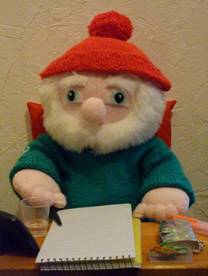

Bill and Bob’s Joke of the Week![]()
![]()
Bill: Do you want a brief description of an acorn?
Bob: Yes please.
Bill: ln a nutshell, it is a baby oak tree!
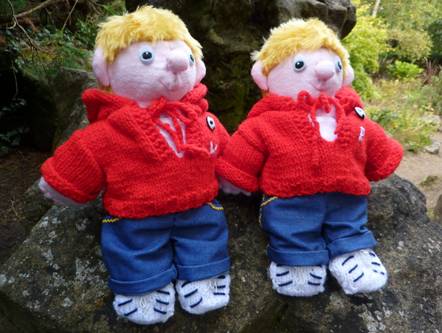
Salty Sam © Christina Sinclair 2015
Unauthorized use and/or duplication of material from this blog without express and written permission from this blog’s author and owner is strictly prohibited.
Links may be used to www.christina-sinclair.com

Picture Gallery
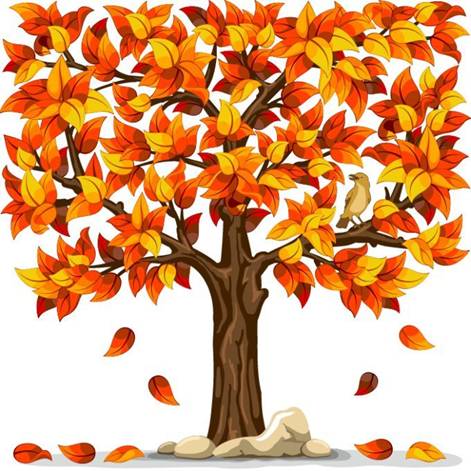

 Deciduous trees
Deciduous trees
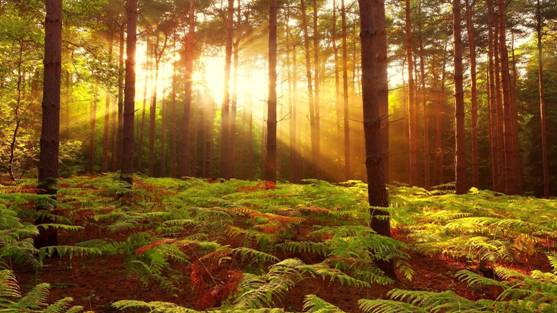 Pine forest
Pine forest


 THE SALTY SAM NEWS DESK
THE SALTY SAM NEWS DESK

This week, the Rocky Bay Skills Share Club got well underway. The people in Rocky Bay spend so much time looking after tourists and their needs, that it is nice to be able to touch base as it were as a tight-knit community in our free time.
Miss Pringle joined the calligraphy class because she wants to start giving the children in her class certificates when they had achieved anything special in their class work or sports activities. She can design the certificates on her computer at home print them up at school and then write individual names on them in beautiful writing.
The class started by learning how to hold their pens and then what kind of different marks could be made by them before they started drawing out letters on their paper and then moving on to writing words.


My sister, Bill and Bob’s mum, joined a floristry class and has learnt to make wreaths with fresh or artificial flowers and foliage. Lots of people put Christmas wreaths on their front doors but you can make them for Halloween and harvest festival too. You can make them with spring flowers and add little eggs at Easter time as well. I think all the decorated doors around Rocky Bay will make the place look jollier than ever!

There were lots of other clubs started too: a quilting club, a photography club, a water-colour painting club, a jigsaw club, a cycling club and a rambling club.
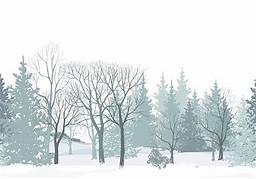
Some clubs will meet in the Village Hall and others will meet up in private homes, the swimming pool or in the tea rooms. There is already a knitting club in the Rocky Bay Tearooms. Captain Jack has a couple of new members for his darts team in the Rusty Anchor Inn.
And there are more clubs planned for the future.
There will be a butterfly breeding club, a roller-skating club and a book club set up in the vicarage where people will take it in turns to choose a book for everyone in the club to read and then they will get together to discuss the story. It should be very comfortable sitting in the living room there to have their discussions.
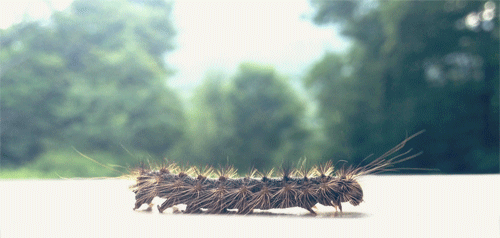
People will be learning to play guitar, dance, play chess, scuba dive, keep tropical fish, fly drones, make wooden toys and play cards games like bridge.
There will be a talk on first aid by the coastguards Cliff and Rod and one on garden design by someone from the Rocky Bay Nursery.
Bill and Bob wanted to start a sandcastle building club, a tree planting club and a dolphin-riding club but I don’t think they had any takers for them unfortunately. I am sure that Henry and Emily will be happy to join in with them on those activities – but I don’t know where they are going to find a cooperative dolphin!
I think some clubs will be very popular. I hope there will be enough room for everyone to get in; you wouldn’t want anyone to be left out, would you!
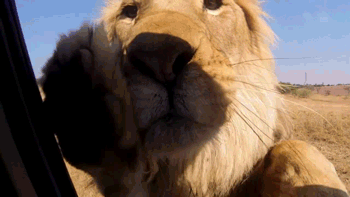
And now the Rocky Bay Woods have been tidied up a bit, Captain Jack and I will be building a hide so that we can start our badger watching club.
More about that later…
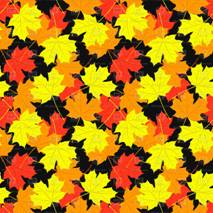

*********************
TO ADVERTISE ON THIS BLOG
PLEASE CONTACT:
christina.sinclair.ads@aol.co.uk
*********************

 Quick Quiz
Quick Quiz
Some animals have patches, spots or stripes on them.
Sometimes these markings can help to camouflage them in dappled sunlight; but not all these animals live in woodland.
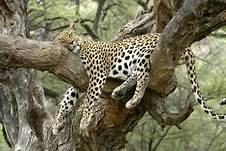
Can you work out what the following animals are?
They all have patches, spots or stripes on them.
- z _ b _ _
- l _ _ p _ _ _
- t _ p _ _
- s _ _ k _
- g _ _ _ _ _ e
- l _ _ _ b _ _ _
- t _ g _ _
- p _ n _ _
- b _ d _ _ _
- f _ _ g
- l _ m _ _
- k _ _ _ _ _ w _ _ _ _
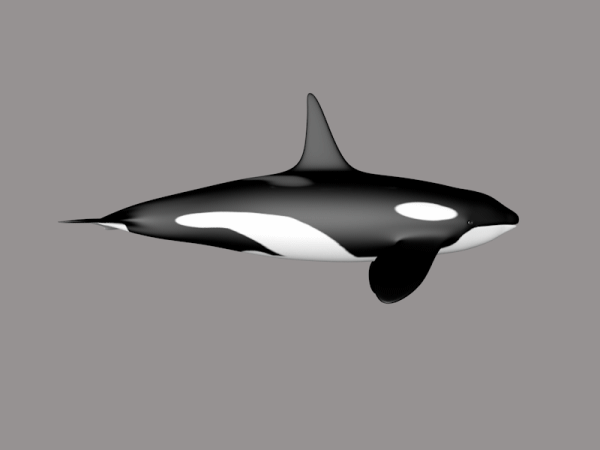
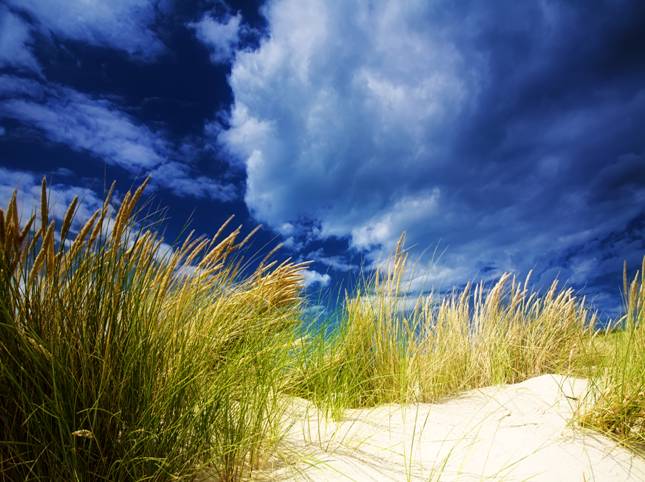


lt’s the Weekend!
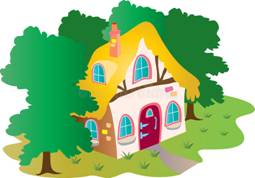
HOW TO MAKE ACCESSORlES FOR THE THREE BEARS
Do you remember Goldilocks and the three bears from Blog Post 381?
Well, here are some accessories for the three bears.
There is a skirt for the mother bear, a neck ribbon for the father and a school back pack for the baby bear.
We also have a new cottage for the bears to live in, in case they are really fed up with little, blonde girls disrupting their day!
However, all the characters will fit into the bag in case you want to take them somewhere to play.
COTTAGE (KNIT TWO)
Using 4mm knitting needles and white dk yarn cast on 40 stitches
Knit 2 rows of garter stitch
Knit 32 rows of stocking stitch
Change to yellow dk yarn
Knit 24 rows of garter stitch
Knit 4 rows of stocking stitch
Knit 4 rows of garter stitch
Cast off
TO MAKE UP
- Embroider the door and windows onto the pieces before you sew them together
- The top of the door frame is 13 stitches and the sides are 26 stitches
- The horizontal parts of the window frames are 11 stitches and the vertical parts are 13 stitches
- The curtains are just one line of stitches inside the window frames
- Sew the bottom and sides of the cottage using over-sew stitching with right sides together – match colours as you go
- Crochet 100 chains into a length of yellow yarn to make a cord to thread into the channel at the top of the roof
FATHER
Crochet 50 chains into a length of blue yarn
MOTHER
Using 4mm knitting needles and pink dk yarn cast on 8 stitches
Knit 30 rows of garter stitch
Cast off
Sew up the back seam using over-sew stitching with right sides together
Run a length of pink yarn around the top of the skirt and tie a bow at the back
Put another bow on the bear’s head
BABY
Using 4mm knitting needles and green dk yarn cast on 8 stitches
Knit 2 rows of garter stitch
Knit 10 rows of stocking stitch
Knit 4 rows of garter stitch
Cast off
Sew up the bottom and side seams using over-sew stitching and with wrong sides together
Crochet 10 chains into 2 lengths of green yarn and attach the ends of the straps to the top and bottom of the stocking stitch part of the bag
Run a length of black yarn around the top of the bag and tie a bow at the back
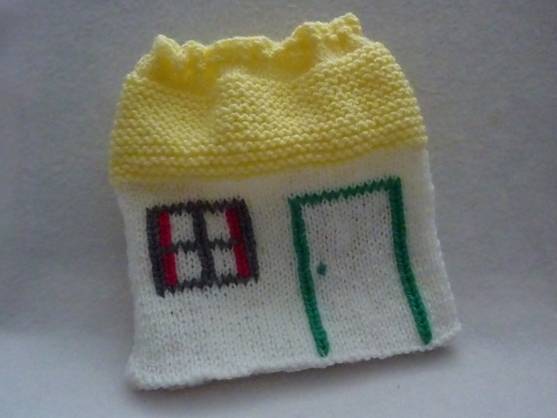
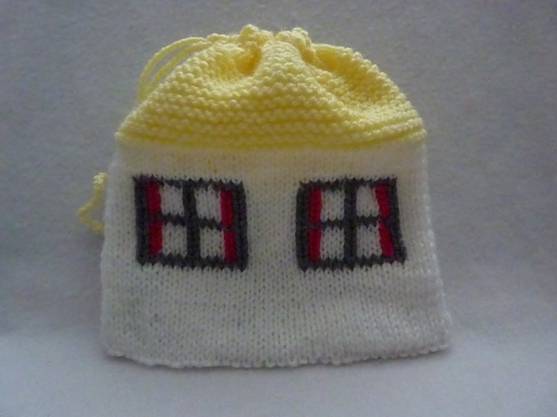
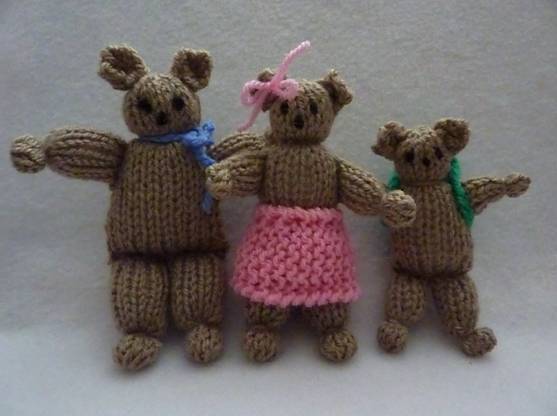

Please note that the material on this blog is for personal use and for use in classrooms only.
It is a copyright infringement and, therefore, illegal under international law to sell items made with these patterns.
Use of the toys and projects is at your own risk.
©Christina Sinclair Designs 2015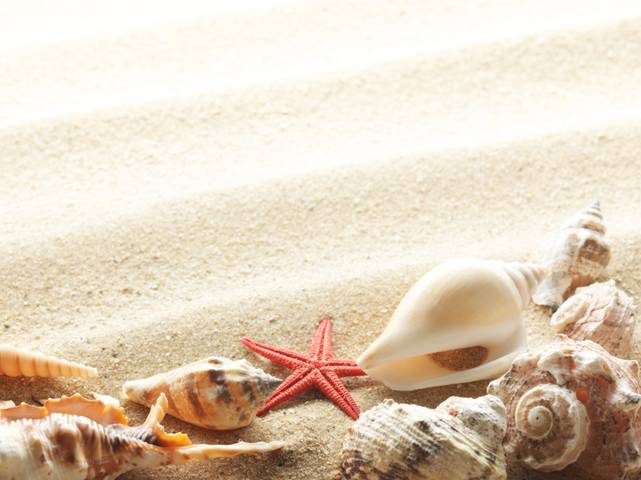


Quick Quiz Answers
- zebra
- leopard
- tapir
- snake
- giraffe
- ladybird
- tiger
- panda
- badger
- frog
- lemur
- killer whale
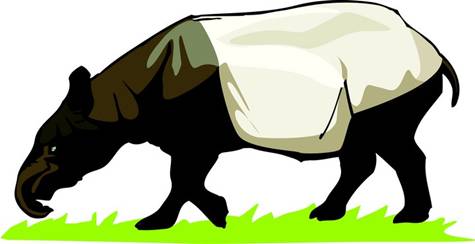 Tapir
Tapir
 Frog
Frog
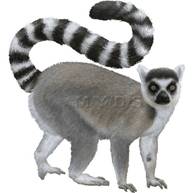 Lemur
Lemur
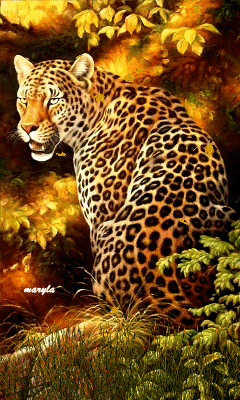 A leopard in the forest
A leopard in the forest
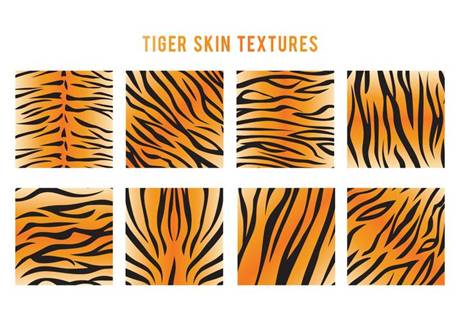
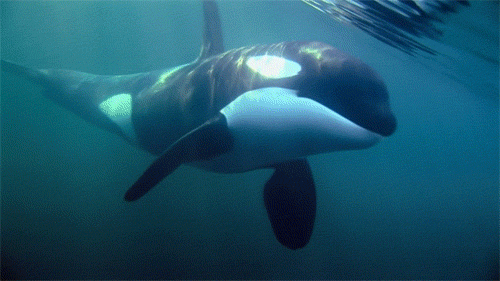 A killer whale (or orca) in the sea
A killer whale (or orca) in the sea
